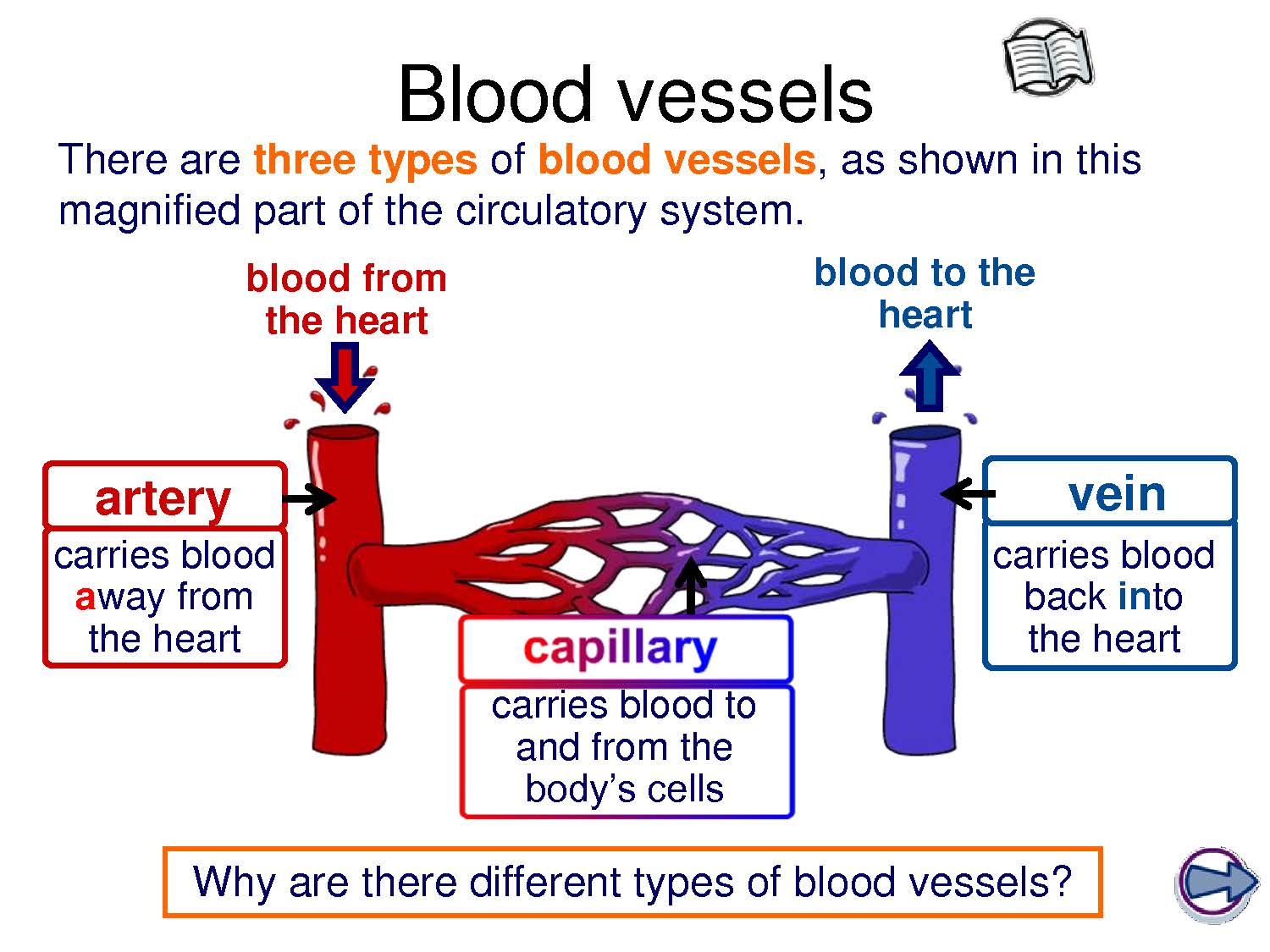The human circulatory system is a complex network that plays a vital role in sustaining life. At the center of this system lies the heart, a remarkable organ that pumps blood throughout the body. Understanding the vessels that carry blood away from the heart is essential for grasping how oxygen and nutrients are delivered to our tissues. This article delves into the various blood vessels responsible for this crucial function, exploring their structure, function, and significance in our overall health.
The blood vessels that transport blood away from the heart are primarily arteries, which are designed to withstand high pressure as they carry oxygen-rich blood to different parts of the body. The largest of these arteries, the aorta, branches off from the heart and serves as the primary conduit for distributing blood to the systemic circulation. As the aorta branches into smaller arteries, it ensures that every tissue and organ receives the oxygen and nutrients needed for optimal function.
In addition to arteries, certain specialized vessels known as arterioles and capillaries play a pivotal role in the distribution and exchange of blood. Understanding the pathways of these vessels provides insight into the intricate workings of our cardiovascular system and highlights the significance of maintaining healthy blood flow. This exploration will answer the question: which blood vessels carry blood away from the heart and how do they operate?
What Are the Main Blood Vessels Carrying Blood Away from the Heart?
The primary blood vessels responsible for carrying blood away from the heart are the arteries. The two major types of arteries are:
- Aorta: The largest artery in the body, which originates from the left ventricle of the heart and distributes oxygenated blood to the systemic circulation.
- Pulmonary Arteries: These arteries carry deoxygenated blood from the right ventricle to the lungs for oxygenation.
How Does Blood Flow Through the Arteries?
Blood flow through the arteries is a highly coordinated process. When the heart contracts, it creates a surge of pressure that pushes the blood into the aorta. This pressure wave propagates through the arterial system, maintaining the flow of oxygen-rich blood to the body's tissues. Key mechanisms involved include:
- Elastic Recoil: The elasticity of the arterial walls allows them to expand and recoil, helping to maintain blood pressure.
- Vasodilation and Vasoconstriction: The ability of arteries to widen or narrow regulates blood flow and pressure according to the body’s needs.
What Role Do Arterioles Play?
Arterioles are small branches of arteries that lead to capillaries. They play a critical role in regulating blood flow into specific tissues and organs. By constricting or dilating, arterioles can control the amount of blood that reaches various parts of the body, ensuring that areas with higher metabolic demand receive adequate oxygen and nutrients. This regulation is crucial during physical activity or in response to temperature changes.
Are There Different Types of Arteries?
Yes, there are several different types of arteries, each with distinct characteristics and functions:
- Elastic Arteries: These are large arteries, such as the aorta, that can stretch to accommodate the surge of blood from the heart.
- Muscular Arteries: These medium-sized arteries distribute blood to specific organs and have a thicker muscular layer to regulate blood flow.
- Small Arteries: These arteries branch off from muscular arteries and lead to arterioles.
Why Is Understanding These Vessels Important?
Understanding which blood vessels carry blood away from the heart is crucial for several reasons. These include:
- Health Monitoring: Awareness of cardiovascular health helps in recognizing symptoms of potential health issues.
- Medical Treatment: Knowledge of blood vessel function informs treatment strategies for conditions such as hypertension and heart disease.
- Physical Fitness: Understanding blood flow mechanisms can enhance exercise performance and recovery.
What Happens When Blood Vessels Are Damaged?
Damage to the arteries can lead to serious health consequences, including:
- Atherosclerosis: A condition characterized by the buildup of plaque in the arteries, leading to reduced blood flow.
- Hypertension: High blood pressure can strain the arteries, increasing the risk of heart disease.
- Aneurysms: Weakening of arterial walls can lead to bulging, which may rupture and cause life-threatening bleeding.
What Are the Signs of Arterial Disease?
Recognizing the signs of arterial disease is vital for early intervention. Common symptoms include:
- Chest Pain: May indicate reduced blood flow to the heart.
- Leg Pain: Pain during physical activity may suggest peripheral artery disease.
- Fatigue: Unexplained fatigue can be a sign of cardiovascular issues.
How Can We Maintain Healthy Blood Vessels?
To ensure the health of blood vessels and proper circulation, consider the following tips:
- Regular Exercise: Physical activity strengthens the heart and improves circulation.
- Balanced Diet: A diet rich in fruits, vegetables, whole grains, and lean proteins supports vascular health.
- Avoid Smoking: Smoking damages blood vessels and increases the risk of cardiovascular diseases.
- Regular Check-ups: Monitoring blood pressure and cholesterol levels helps prevent arterial diseases.
Conclusion
In conclusion, the blood vessels that carry blood away from the heart—primarily the arteries—are essential components of the circulatory system. Understanding their structure and function provides valuable insight into how our bodies maintain health and respond to various challenges. By taking proactive steps to care for our cardiovascular health, we can support the efficient functioning of these vital vessels and enhance our overall well-being.
Article Recommendations
- The Ultimate Goojara Movies Experience Explore A World Of Entertainment
- The Ultimate Jameliz Benitez Onlyfans Experience Uncensored Photos And Videos
- The Marvelous World Of Andrew Stevens


